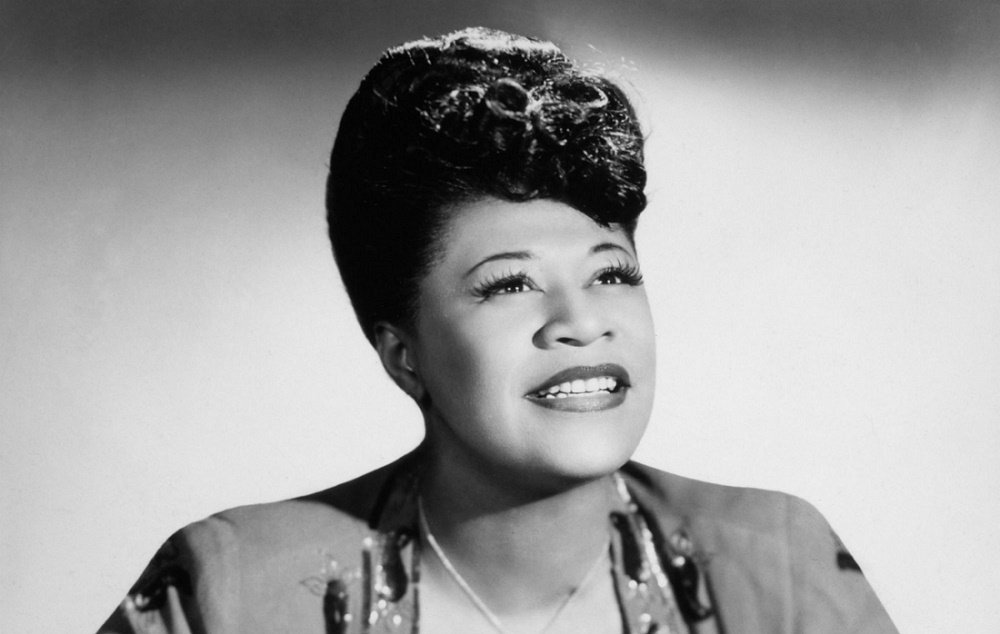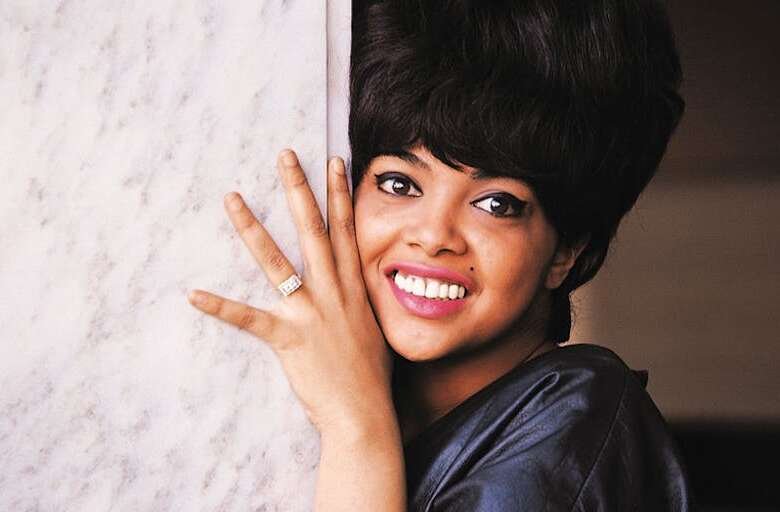Ella Jane Fitzgerald, April 25, 1917 – June 15, 1996, Was an American jazz singer, sometimes referred to as the, First Lady of Song, Queen of Jazz, &, Lady Ella. She was noted for her purity of tone, Impeccable diction, phrasing, timing, intonation, & a, Horn Like, Improvisational Ability, particularly in her scat singing. After a tumultuous adolescence, Ella found stability in musical success with the Chick Webb Orchestra, Performing across the country but most often associated with the Savoy Ballroom in Harlem. Her rendition of the nursery rhyme, A Tisket, A Tasket, Helped boost both her & Webb to national fame. After taking over the band when Webb died, Ella left it behind in 1942 to start her solo career. Her manager was Moe Gale, Co founder of the Savoy, Until she turned the rest of her career over to Norman Granz, Who founded Verve Records to produce new records by Ella. With Verve, She recorded some of her more widely noted works, particularly her interpretations of The Great American Songbook. Ella also appeared in films & as a guest on popular television shows in the second half of the twentieth century. Outside her solo career, She created music with Louis Armstrong, Duke Ellington, & The Ink Spots. These partnerships produced songs such as. Dream a Little Dream of Me, Cheek to Cheek, Into Each Life Some Rain Must Fall, & It Don’t Mean a Thing (If It Ain’t Got That Swing). In 1993, After a career of nearly sixty years, she gave her last public performance. Three years later, She died at age 79 after years of declining health. Her accolades included 14 Grammy Awards, The National Medal of Arts, The NAACP’s inaugural President’s Award, & The Presidential Medal of Freedom.
Ella was born in Newport News, Virginia. She was the daughter of William Ashland Fitzgerald, A transfer wagon driver from Blackstone, Virginia, & Temperance, Tempie, Henry, Both described as mulatto in the 1920 census. Her parents were unmarried but lived together in the East End section of Newport News for at least two & a half years after she was born. In the early 1920s, Fitzgerald’s mother & her new partner, a Portuguese immigrant named Joseph da Silva, moved to Yonkers, New York.
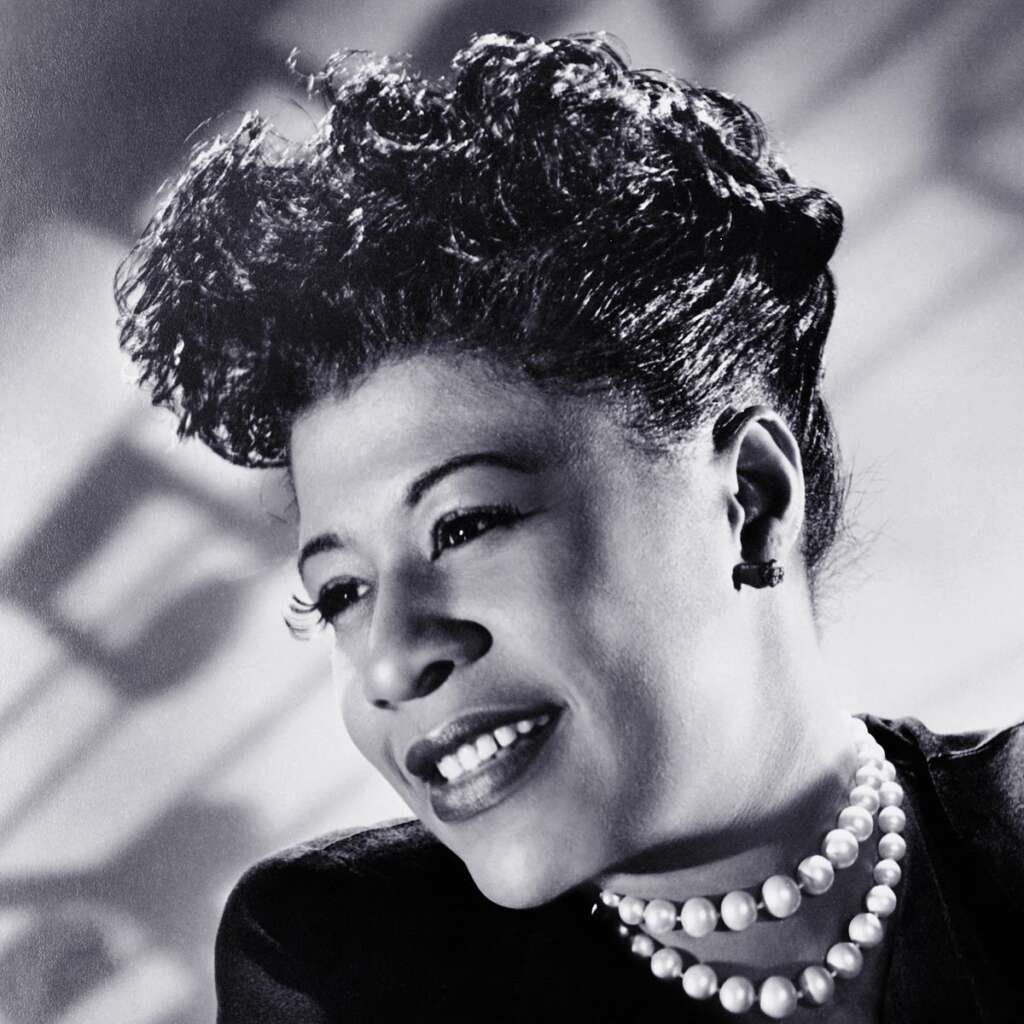
Her half-sister, Frances da Silva, Was born in 1923. By 1925, Ella & her family had moved to nearby School Street, A poor Italian area. She began her formal education at the age of six & was an outstanding student, moving through a variety of schools before attending Benjamin Franklin Junior High School in 1929. She & her family were Methodists & were active in the Bethany African Methodist Episcopal Church, where she attended worship services, Bible study, & Sunday school. The church provided Ella with her earliest experiences in music. Starting in third grade, Ella loved dancing & admired Earl Snakehips Tucker. She performed for her peers on the way to school & at lunchtime. Ella listened to jazz recordings by Louis Armstrong, Bing Crosby, & The Boswell Sisters. She loved the Boswell Sisters‘ lead singer Connee Boswell, Later saying. My mother brought home one of her records, and I fell in love with it. I tried so hard to sound just like her. In 1932, when Ella was 15 years old, Her mother died from injuries sustained in a car accident. Ella’s stepfather took care of her until April 1933 when she moved to Harlem to live with her aunt. This seemingly swift change in her circumstances, reinforced by what Ella’s biographer Stuart Nicholson describes as rumors of, ill treatment, By her stepfather, leaves him to speculate that Da Silva might have abused her. Ella began skipping school, & her grades suffered. She worked as a lookout at a bordello & with a Mafia-affiliated numbers runner. She never talked publicly about this time in her life. When the authorities caught up with her, she was placed in the Colored Orphan Asylum in Riverdale in The Bronx. When the orphanage proved too crowded, She was moved to the New York Training School for Girls, A state reformatory school in Hudson, New York.
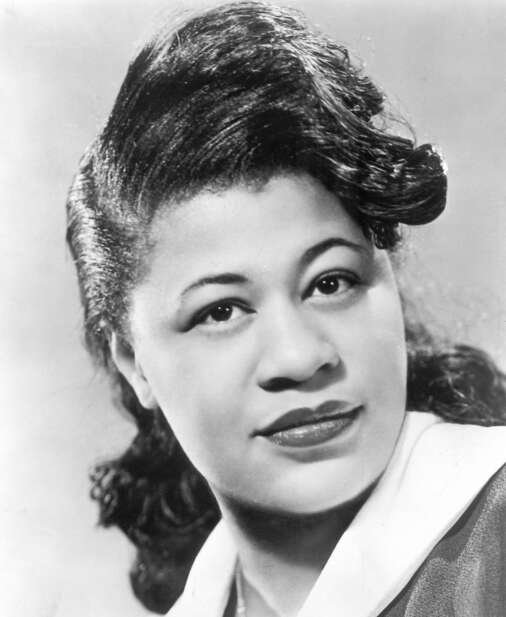
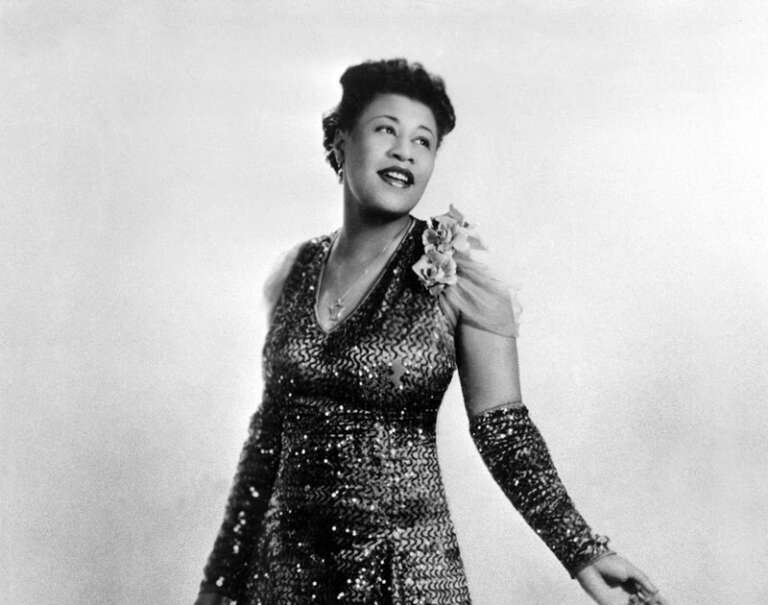
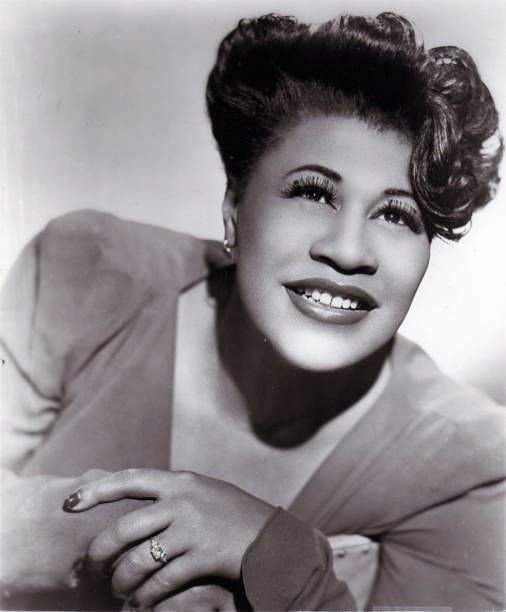
While she seems to have survived during 1933 & 1934 in part by singing on the streets of Harlem, Ella debuted at the age of 17 on November 21, 1934, In one of the earliest Amateur Nights at the Apollo Theater. She had intended to go on stage & dance, But she was intimidated by a local dance duo called the Edwards Sisters & opted to sing instead. Performing in the style of Connee Boswell, She sang, Judy &, The Object of My Affection, & won first prize. She won the chance to perform at the Apollo for a week but, Seemingly because of her disheveled appearance, The theater never gave her that part of her prize.
In January 1935, Ella won the chance to perform for a week with the Tiny Bradshaw band at the Harlem Opera House. Later that year, she was introduced to drummer & bandleader Chick Webb by Bardu Ali. Although “reluctant to sign her. Because she was gawky & unkempt, A Diamond in the rough, After some convincing by Ali, Webb offered her the opportunity to test with his band at a dance at Yale University. Met with approval by both audiences & her fellow musicians, Ella was asked to join Webb’s orchestra & gained acclaim as part of the group’s performances at Harlem’s Savoy Ballroom. Ella recorded several hit songs, including, Love & Kisses, &, (If You Can’t Sing It) You’ll Have to Swing It (Mr. Paganini). But it was her 1938 version of the nursery rhyme, A-Tisket, A-Tasket, A song she co-wrote, that brought her public acclaim. A-Tisket, A-Tasket, Became a major hit on the radio & was also one of the biggest-selling records of the decade. Webb died of spinal tuberculosis on June 16, 1939, & his band was renamed Ella Fitzgerald & Her Famous Orchestra, With Ella taking on the role of Bandleader. Ella & the band recorded for Decca & appeared at the Roseland Ballroom, where they received national exposure on NBC radio broadcasts. She recorded nearly 150 songs with Webb’s orchestra between 1935 & 1942. In addition to her work with Webb, Ella performed & recorded with The Benny Goodman Orchestra. She had her own side project, too, known as Ella Fitzgerald & Her Savoy Eight.
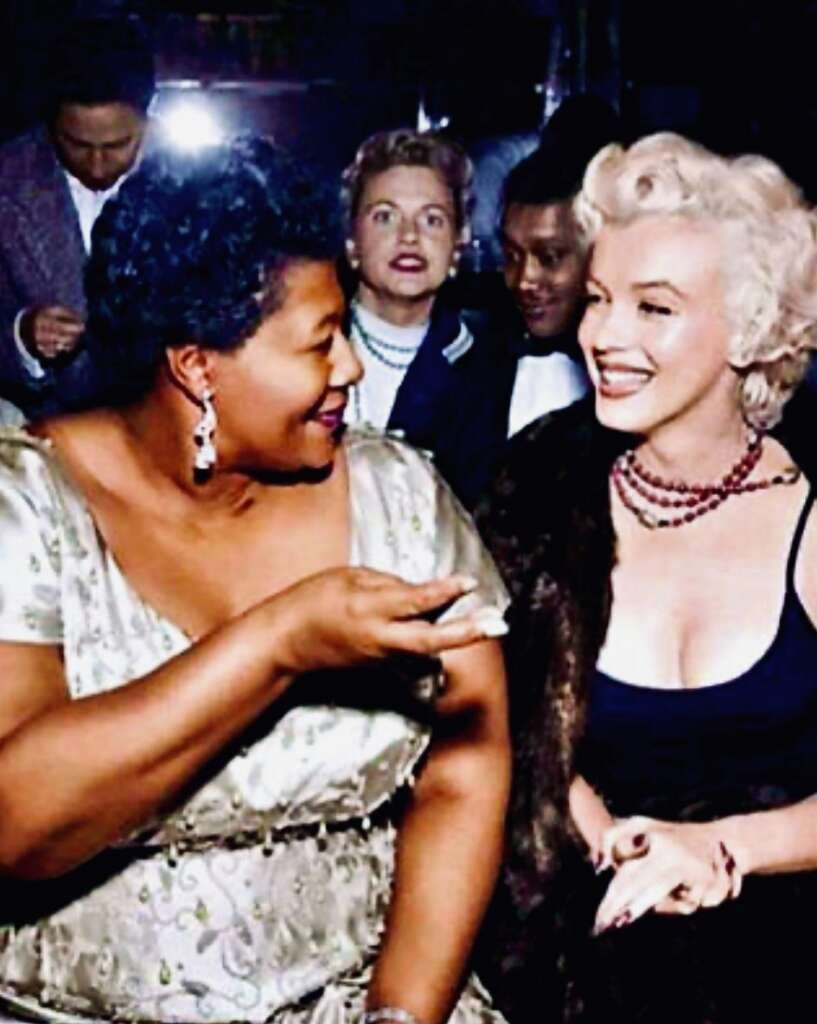
In 1942, with increasing dissent & money concerns in Ella’s band, Ella Fitzgerald & Her Famous Orchestra, she started to work as lead singer with The Three Keys, & in July her band played their last concert at Earl Theatre in Philadelphia. While working for Decca Records, she had hits with Bill Kenny & the Ink Spots, Louis Jordan, & The Delta Rhythm Boys. Producer Norman Granz became her manager in the mid 1940s after she began singing for Jazz at the Philharmonic, A concert series begun by Granz.
With the demise of the swing era & the decline of the great touring big bands, A major change in jazz music occurred. The advent of bebop led to new developments in Ella’s vocal style, Influenced by her work with Dizzy Gillespie’s big band. It was in this period that Ella started including scat singing as a major part of her performance repertoire. While singing with Gillespie, Ella recalled. I just tried to do with my voice what I heard the horns in the band doing. Her 1945 scat recording of, Flying Home, Arranged by Vic Schoen would later be described by The New York Times as, One of the most influential vocal jazz records of the decade. Where other singers, Most notably Louis Armstrong, had tried similar improvisation, No one before Miss Fitzgerald employed the technique with such dazzling inventiveness. Her bebop recording of, Oh, Lady Be Good! (1947) Was similarly popular & increased her reputation as one of the leading jazz vocalists.
Ella got to play at big venues. Yet not every location treated her equally due to the color of her skin some expected Ella to enter through a side door or back entrance rather than the front. When Marilyn Monroe became aware of this, She supported her friend.
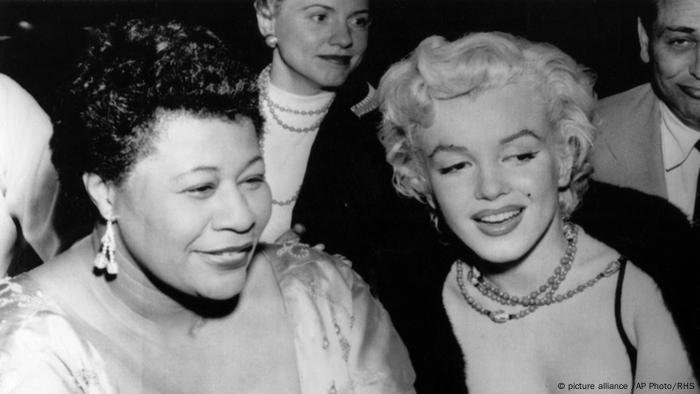
According to Ella’s biographer Geoffrey Mark, Monroe had traveled to Colorado to see Ella Fitzgerald perform. Once there, She saw her friend ushered away from the front entrance, So Monroe refused to go inside unless both she & Ella were allowed through the front doors. The movie star got her way & soon all of Ella’s performance spots were treating the singer with the Respect she deserved.
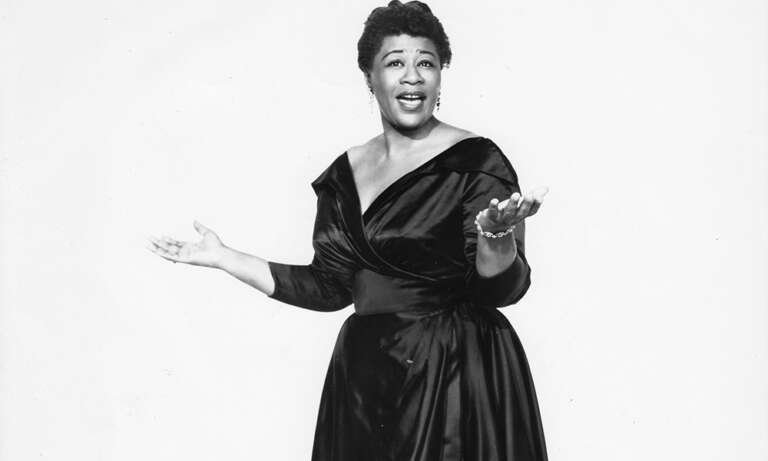
But on her first tour of Australia in July 1954 for the Australian based American promoter Lee Gordon. This was the first of Gordon’s famous, Big Show, Promotions & the, package, tour also included Buddy Rich, Artie Shaw & comedian Jerry Colonna. Although the tour was a big hit with audiences & set a new box office record for Australia, It was marred by an incident of racial discrimination that caused Ella to miss the first two concerts in Sydney, & Gordon had to arrange two later free concerts to compensate ticket holders. Although the four members of Ella’s entourage Ella, her pianist John Lewis, her assistant (& cousin) Georgiana Henry, & manager Norman Granz all had first class tickets on their scheduled Pan American Airlines Flight from Honolulu to Australia, they were ordered to leave the aircraft after they had already boarded & were refused permission to re-board the aircraft to retrieve their luggage & clothing. As a result, they were stranded in Honolulu for three days before they could get another flight to Sydney. Although a contemporary Australian press report quoted an Australian Pan-Am spokesperson who denied that the incident was racially based, Ella, Henry, Lewis & Granz filed a civil suit for racial discrimination against Pan-Am in December 1954 & in a 1970 television interview Ella Fitzgerald confirmed that they had won the suit & received what she described as a, Nice Settlement.
